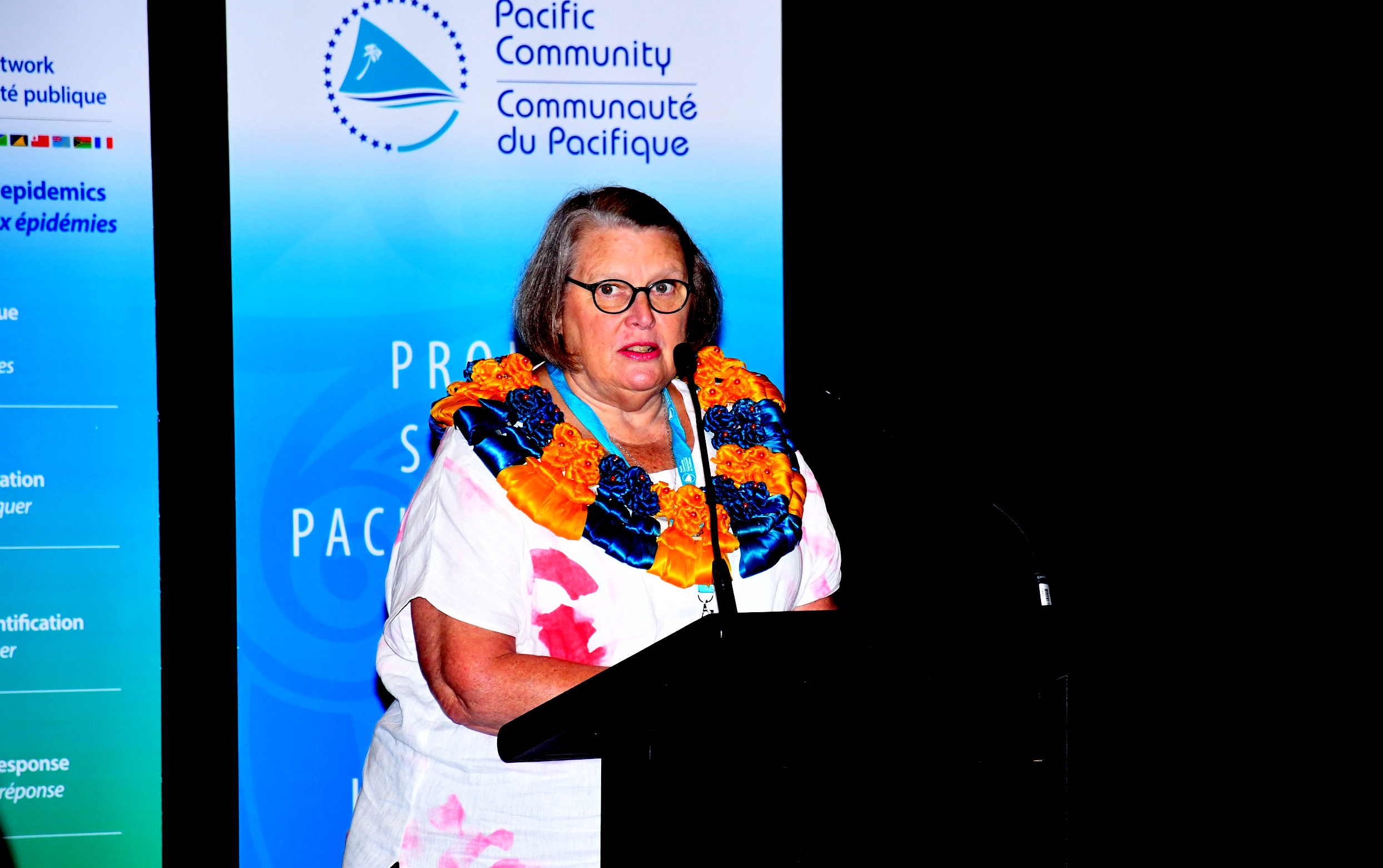THE Pacific region has endured more than 20 significant disease outbreaks, including nine dengue outbreaks that resulted in approximately 12,000 reported cases this year.
This was revealed by the World Health Organization (WHO) Fiji office team co-ordinator, Dr Belinda Herring, while speaking at the opening of the 2025 Regional Pacific Public Health Surveillance Network (PPHSN) Meeting in Nadi on Monday.
“The resurgence of vaccine-preventable diseases, such as pertussis in select countries and the growing risk of measles in the region, further underscores the urgent need for strengthened surveillance, immunisation coverage, and coordinated public health preparedness,” she said.
“One thing remains certain — health threats will continue to emerge and reemerge.
“At the same time, we must proactively anticipate and prepare for the health impacts of extreme weather events, climate change, and rising sea levels.
“These challenges unfold against a backdrop of significant challenges: constrained funding, competing priorities, and growing geopolitical instability demanding resilient systems, strategic foresight, and sustained regional collaboration.
“To do this well, we need to communicate and coordinate closely within our PPHSN network and service arms, as well as with other sectors, and with regional partners.
“Services like the Pacific Vector Network and the revitalisation of the regional One Health network aim to enhance our regional coordination and capacity building, especially for climate-sensitive diseases that require enhanced multi-sectoral collaboration.
“These efforts promote integrated approaches across human, animal, and environmental health sectors — particularly vital in addressing persistent and emerging threats such as leptospirosis, dengue, chikungunya, and avian influenza.”
Established almost 29 years ago, PPHSN, Dr Herring said, has continued to evolve and adapt toward achieving its common goals and services and strengthening health security across the Pacific.
“This is reflected in the recent expansion of scope and the addition of the Pacific Vector Network as the seventh service arm of PPHSN, and it is our current aim to finalise and endorse the 2026-2035 PPHSN Strategic Framework at this meeting, this week.
“But, as our experience with well-characterised and emerging health risks in the Pacific has shown, working towards a safer and healthier Pacific needs an ongoing commitment to managing the known diseases and risks, the agility to be able to deal with the re-emerging threats, and remaining vigilant for the new threats.”



